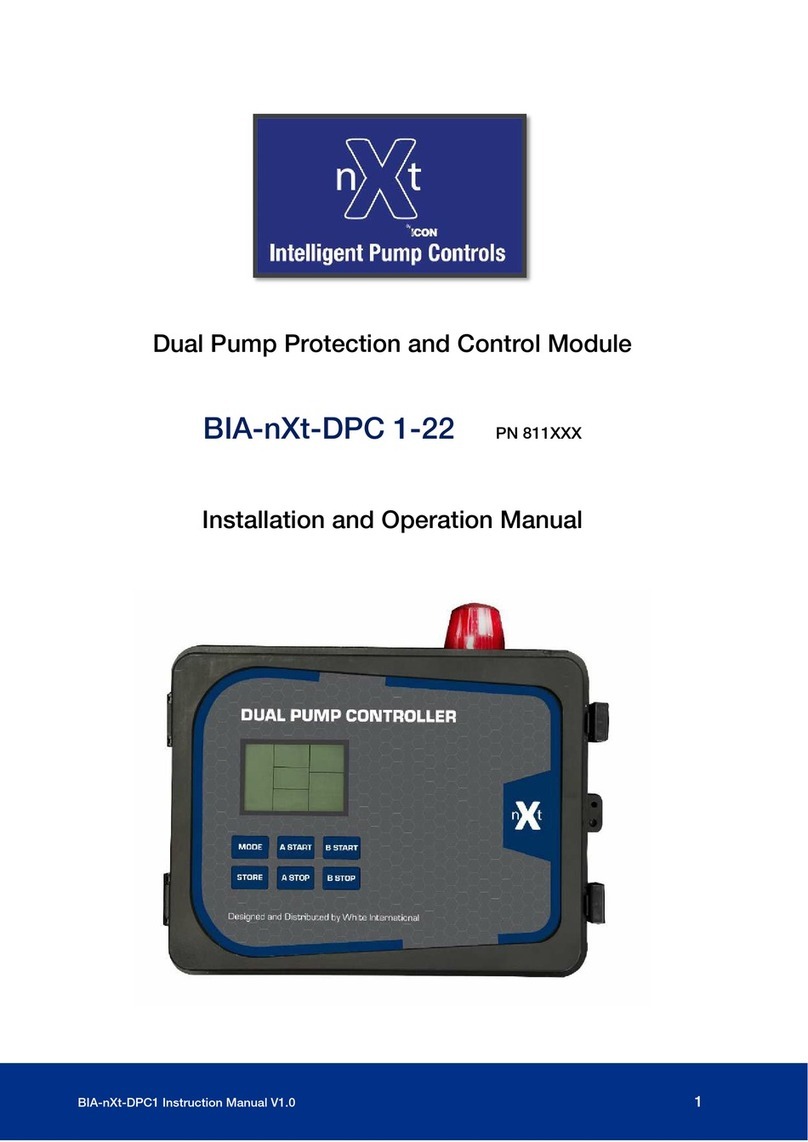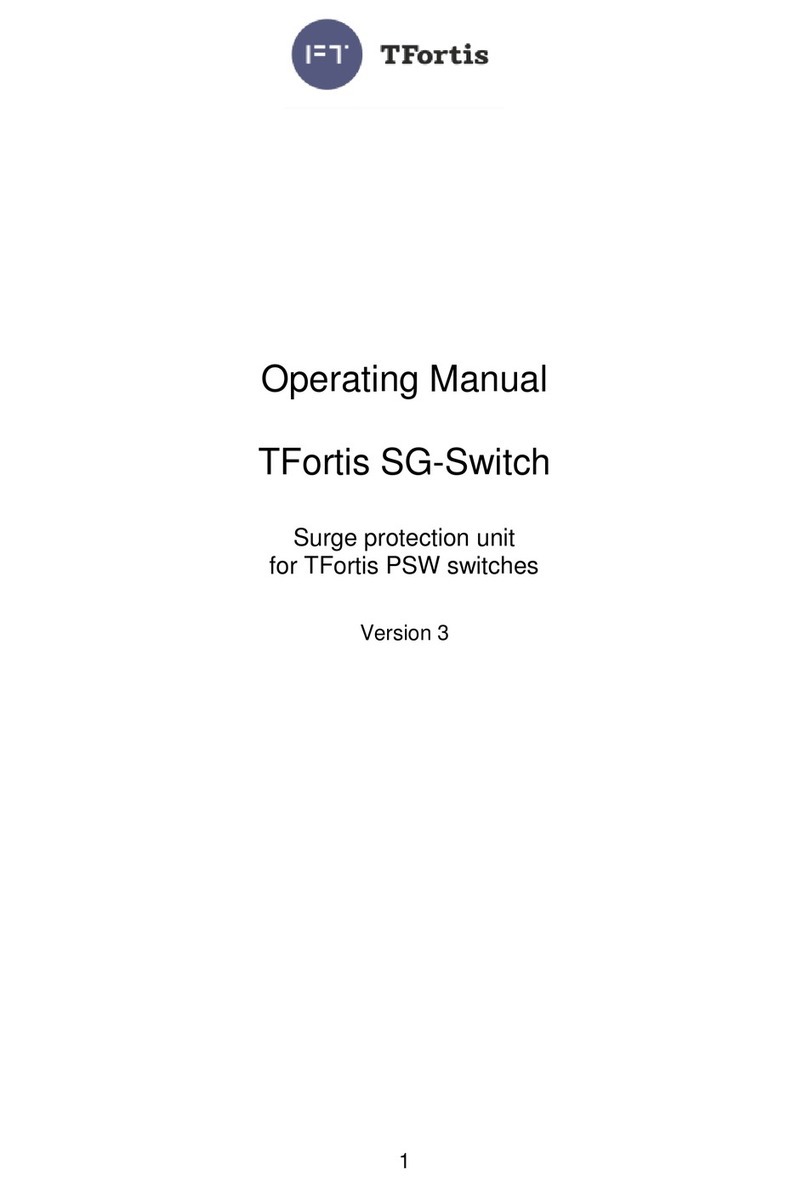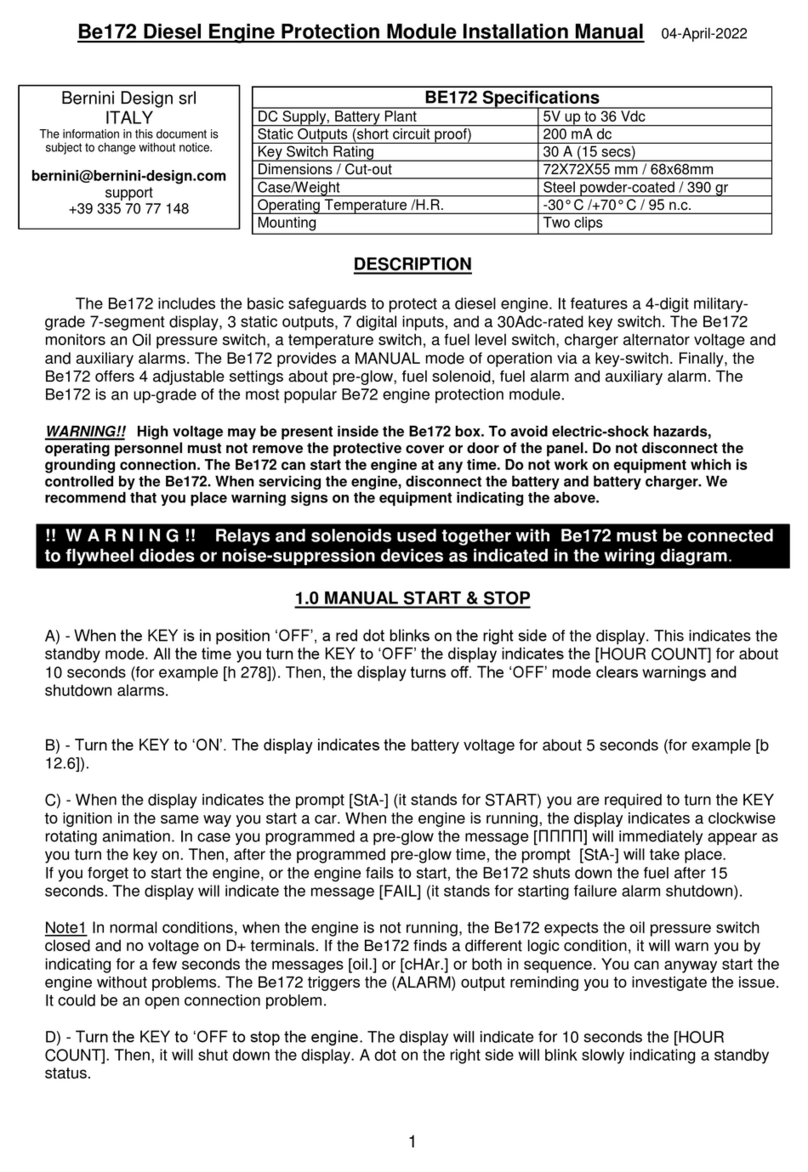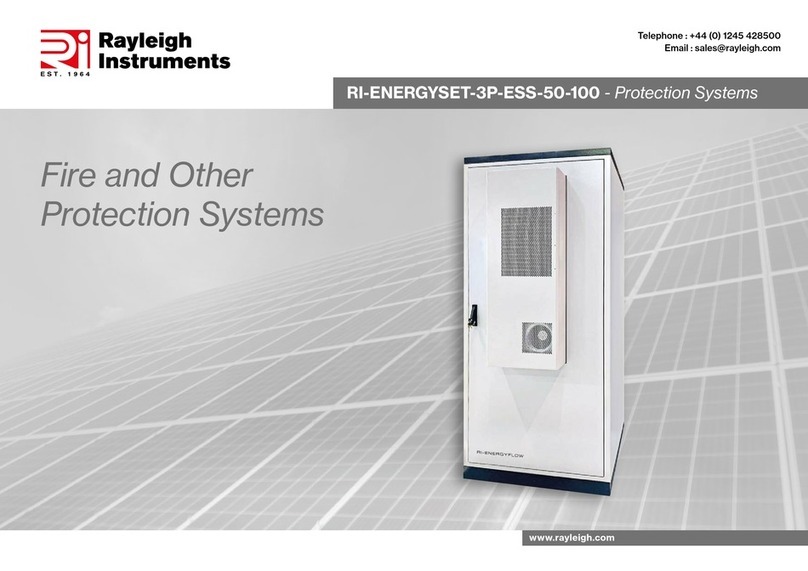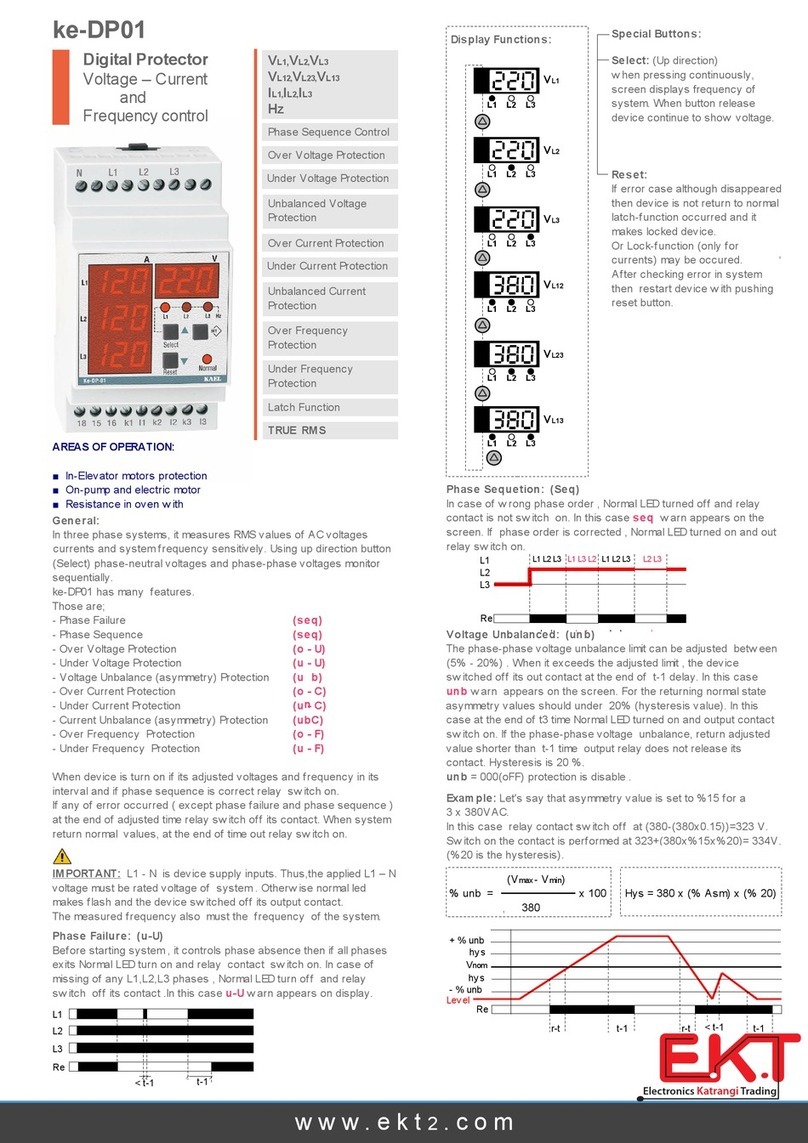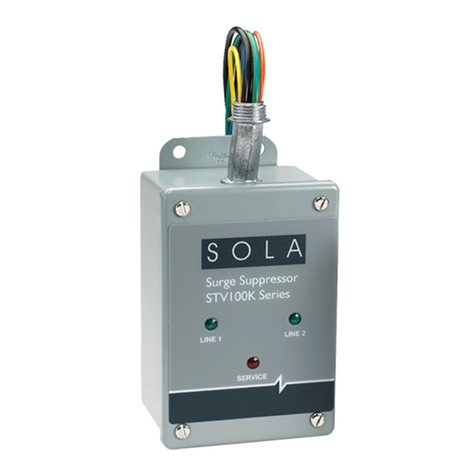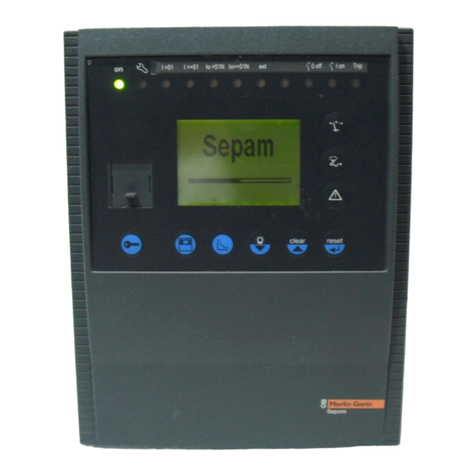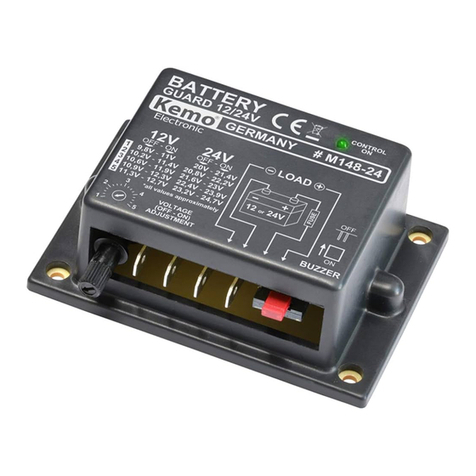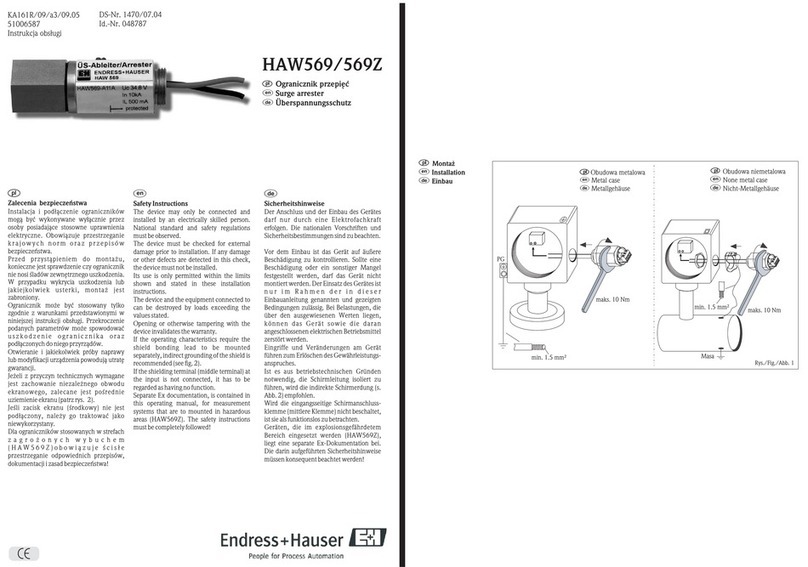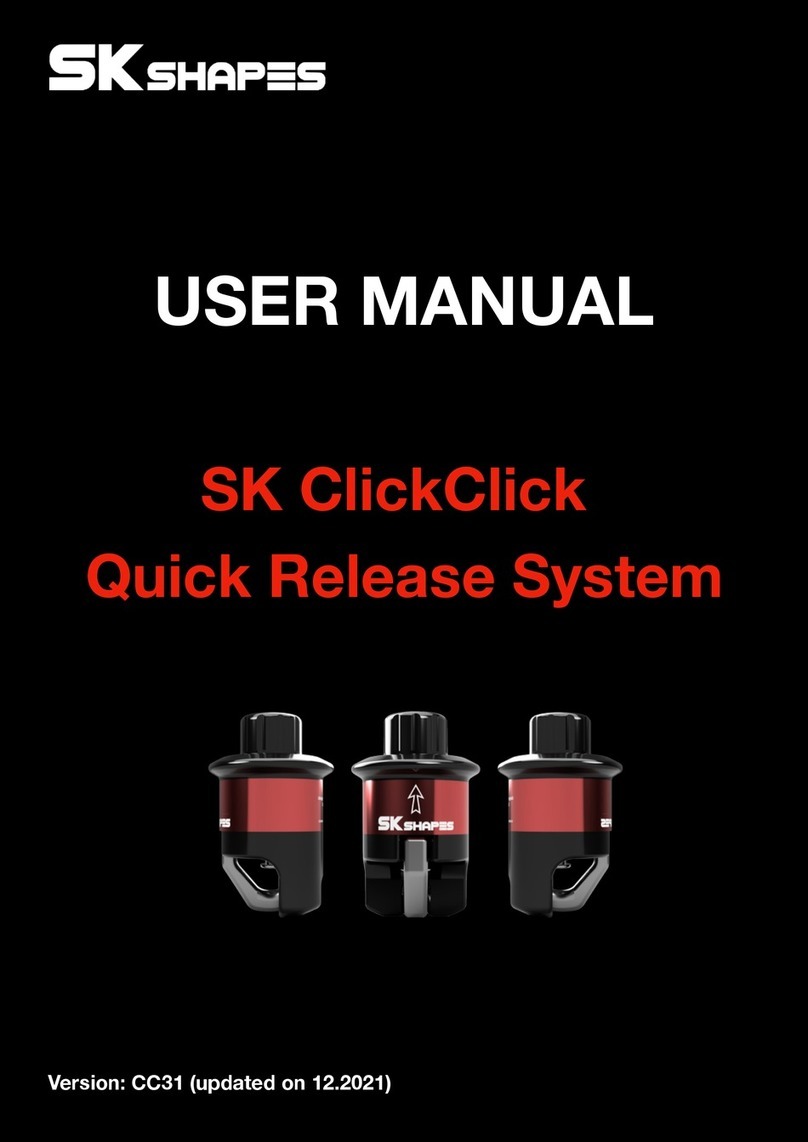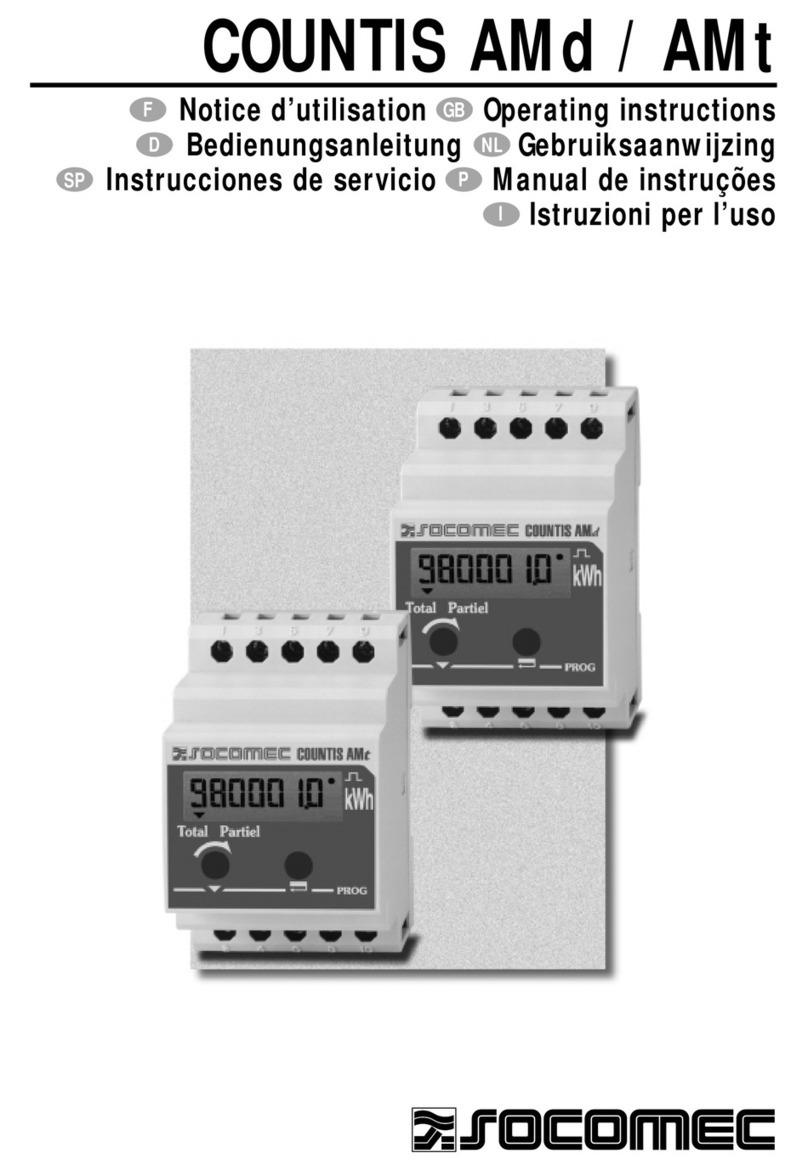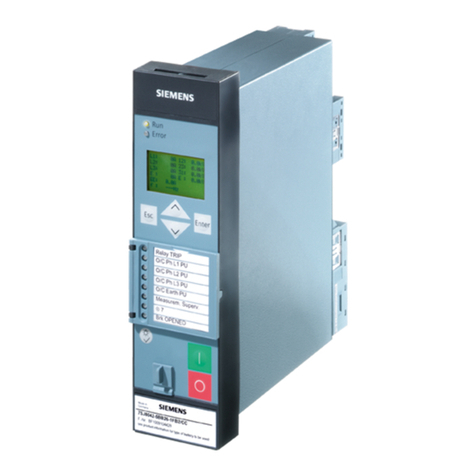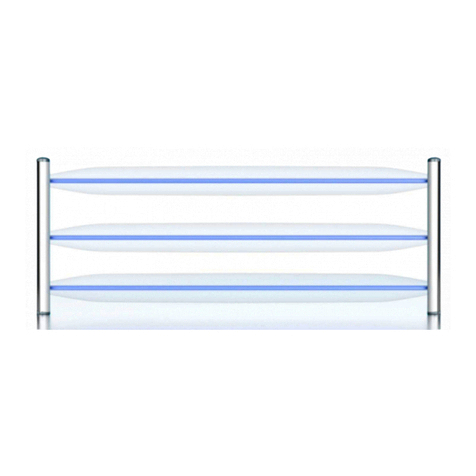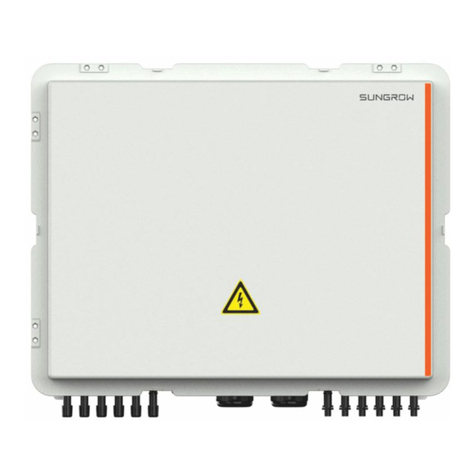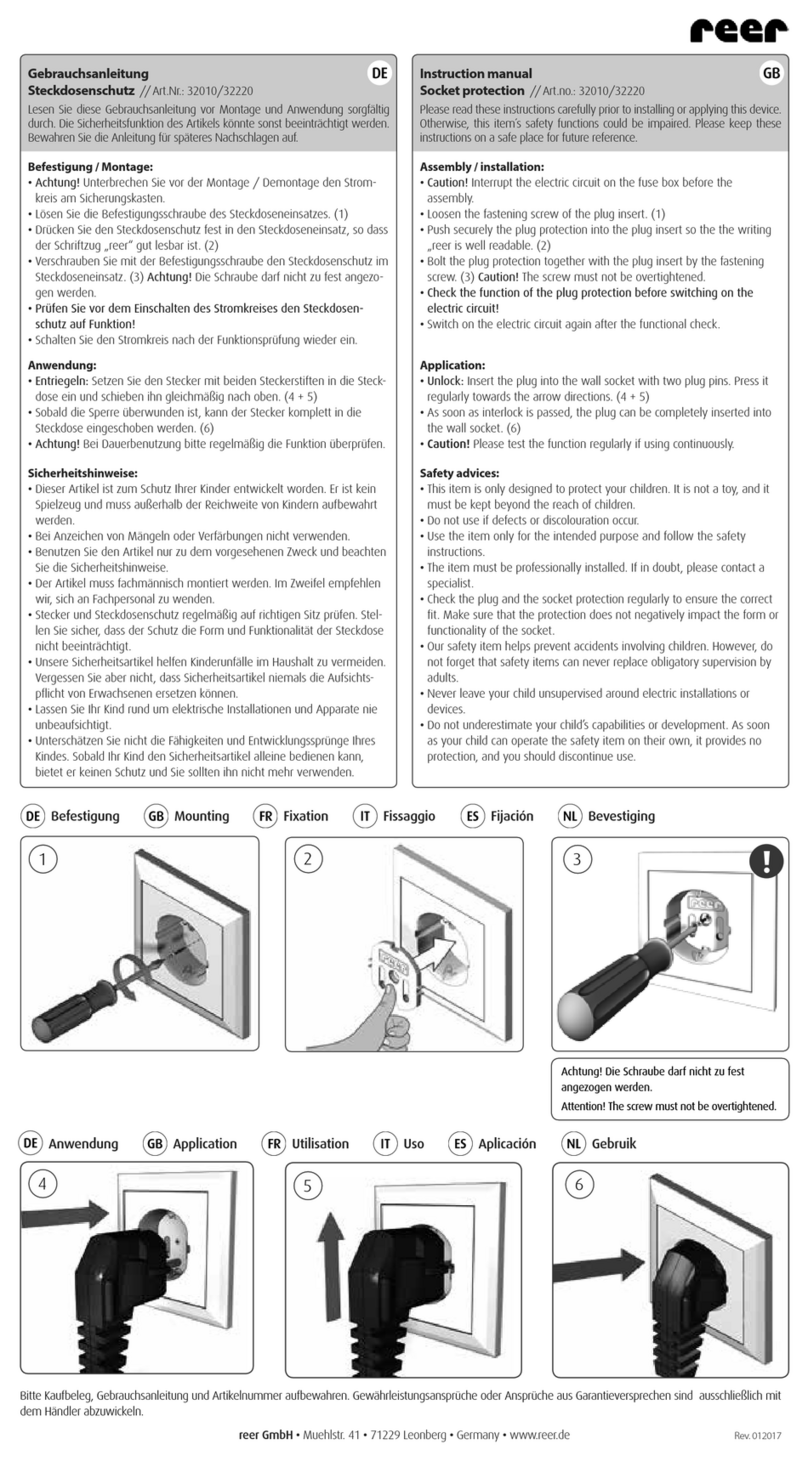
6
Abb. 5
Reißverschluß gewaltlos, absatzweise schließen,
hierbei Gliederketten durch Strecken aneinander-
bringen, mit der anderen Hand Schieber am Knebel
langsam nach oben ziehen. Dabei ist darauf zu
achten, daß der Knebel in der Ebene des Anzug-
materials gezogen wird. Er muß somit flach anlie-
gend geführt werden.
Achtung!
Die beiden Reißverschlußhälften nie durch stärkeren
Zug zusammenzwingen. Ein gewaltsames Schließen
kann zu einer dauerhaften Beschädigung führen, so
daß der Reißverschluß im Einsatz möglicherweise
aufspringen kann.
Preßluftatmer nach entsprechender Gebrauchsan-
leitung anlegen.
4.3 Ablegen des Schutzanzuges
Bei starker Verunreinigung muß der Schutzanzug
nach dem Einsatz am Mann vorgereinigt werden.
Dies geschieht mit Wasser, ggf. unter Verwendung
von geeigneten Reinigungszusätzen. Hierbei ist dar-
auf zu achten, daß ein Helfer eine entsprechende
persönliche Schutzausrüstung trägt, z.B. Schutz-
handschuhe, Atemschutz, Schutzanzug.
Beim Ablegen des Schutzanzuges ist Kontakt mit der
verunreinigten Außenseite des Schutzanzuges zu
vermeiden.
4.4 Angaben zur Entsorgung
Die Entsorgung verunreinigter Schutzanzüge erfolgt
gemäß behördlicher Vorschriften entsprechend der
vorliegenden Verunreinigung durch Gefahrstoffe.
5 Pflege und Wartung
5.1 Reinigung
Nach jeder Benutzung ist der Schutzanzug zu reini-
gen. Dabei werden vorher die Ventilscheiben des
Anzuges sowie die Ein- und Ausatemventilscheiben
der Vollmaske entfernt, die Innenmaske ausgeknöpft
und die Sprechmembran mit Hilfe des Schlüssels
(siehe Bestellangaben) ausgeschraubt. Diese Teile
sind gesondert zu reinigen und erst nach dem Trok-
kenen wieder einzusetzen.
Bei normaler Verschmutzung wird der Schutzanzug
einmal unter Zusatz eines milden Feinwaschmittels
bei 30° C gewaschen. Bei starker Verschmutzung
wird der Waschvorgang wiederholt. Anschließend ist
zweimal mit klarem Wasser zu spülen.
Sollten andere Reinigungsmittel oder Verfahren ver-
wendet werden, so ist die Eignung von dem Her-
steller der Reinigungsmittel oder der Verfahren zu
bestätigen.
Danach wird der geöffnete Schutzanzug an den
Stiefeln aufgehängt. Schutzanzug und Einzelteile
dürfen nicht in strahlender Wärme (Sonne, Heizkör-
per) getrocknet werden. Bei Verwendung eines
Trockenschrankes darf die Temperatur 40°C nicht
überschreiten. Nach der Reinigung des Schutzanzu-
ges muß der Reißverschluß gesondert gründlich mit
Wasser und einer Bürste oder einem Pinsel gereinigt
werden. Die Glieder der Verschlußkette müssen frei
von Fremdkörpern, wie Borsten, Haaren, Fäden
usw. sein. Sauberkratzen mit harten oder spitzen
Gegenständen muß unbedingt vermieden werden.
5.2 Desinfektion
Nach der Reinigung des Schutzanzuges ist es emp-
fehlenswert eine Desinfektion durchzuführen, z.B.
mit dem Desinfektionsmittel AUER 90 nach dazuge-
höriger Gebrauchsanleitung (siehe Bestellangaben).
5.3 Wartung
Nach jedem Einsatz, halbjährlich oder auch nach ei-
ner Reinigung erfolgt eine Dichtheitsprüfung des
Schutzanzuges und seiner Ventile mit dem MSA
AUER Anzugsdichtheitsprüfgerät und dem Ventil-
prüfanschluß in Verbindung mit dem Maskendicht-
heitsprüfgerät und dem Ausgleichsbehälter. Weitere
Wartungsarbeiten siehe Punkt 6.
5.4 Dichtheitsprüfung des Schutzanzuges
(Wartungsprüfung)
Maskendichtheitsprüfung im eingebauten Zustand.
Die Dichtheit der Anzugsmaske ist mit dem
MSA AUER Vollmaskendichtheitsprüfgerät zu prü-
fen:
•Unterdruck von 10 mbar erzeugen
•max. zulässiger Druckanstieg in 1 min 1 mbar
Zum Füllen des Schutzanzuges soll saubere und öl-
freie Druckluft verwendet werden.
•Schutzanzug auf 18 mbar Überdruck aufblasen.
•Beruhigungszeit ca. 3 min.
•Überdruck auf 16 mbar (Prüfdruck) absenken.
•Max. zulässiger Druckabfall in 3 min, 2 mbar.
